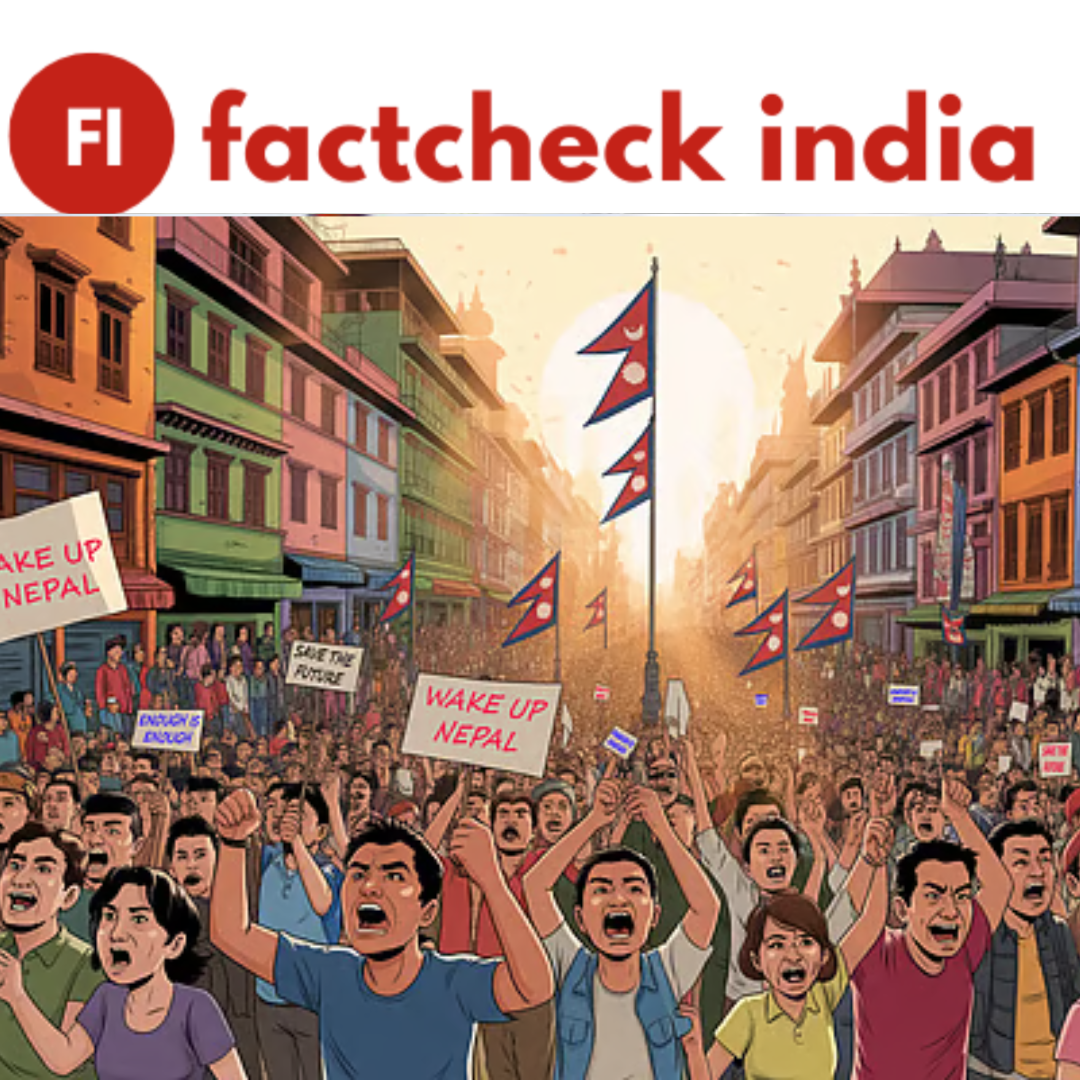What Happened In Nepal?
Nepal is experiencing its worst unrest in decades as Gen Z-led anti-corruption protests have forced Prime Minister KP Sharma Oli to resign. The youth-driven movement began as opposition to a social media ban but has evolved into massive demonstrations demanding an end to corruption and political accountability. At least 22 people have died and nearly 200 have been injured in violent clashes with police, who used tear gas, water cannons, and live bullets against protesters who scaled parliament walls and torched government buildings.
Why The Protest Erupt In Nepal?
The protests were triggered by the government’s ban on 26 social media platforms, including WhatsApp, Instagram, and Facebook, ostensibly for failing to register with authorities. However, critics saw this as an attempt to stifle anti-corruption campaigns. The ban became a catalyst for deeper frustrations with widespread corruption, unfulfilled political promises, and stark inequality between political elites and ordinary citizens struggling with unemployment and poverty.
Where The Protest Took Place In Nepal?
The protests are centered in Kathmandu, Nepal’s capital, where demonstrators have breached parliament grounds and set fire to government buildings. The unrest has spread to other major cities including Pokhara and Itahari, with attacks on political leaders’ homes and government facilities across the country. Curfews have been imposed around key government buildings as security forces struggle to maintain control.
When The Protest Took Place?
The current wave of protests began last week following the social media ban announcement, escalating dramatically on Monday when 19 protesters were killed in police clashes. Violence continued on Tuesday with more deaths and the burning of parliament. The social media ban was repealed Monday night, but protests have continued and intensified, with Prime Minister Oli resigning Tuesday evening.
By Whom This Movement Is Led?
The movement is led by Nepal’s Gen Z youth, particularly college and university students who have mobilized through social media using hashtags like #NepoKids and #NepoBaby. These terms reference viral videos exposing the lavish lifestyles of politicians’ families, contrasting designer clothes and luxury cars with ordinary citizens’ struggles. The protesters have no centralized leadership, emerging instead from youth collectives and social media callouts, with Kathmandu Mayor Balen Shah being the only political figure openly supporting them.
How The Protest Began?
The protests began organically through social media mobilization, with students marching in uniforms carrying books to symbolize their commitment to education and reform. Demonstrators have used the #NepoKids trend to highlight inequality, sharing viral content that contrasts political families’ wealth with youth unemployment and forced migration. The movement gained momentum as protesters scaled government buildings, leading to violent confrontations with security forces and the eventual resignation of the prime minister.
CONCLUSION
Nepal faces a critical juncture with its prime minister resigned, no clear successor, and the army threatening intervention while simultaneously calling for dialogue. The Gen Z-led movement has successfully forced political change but at a tragic cost of lives. With protesters defying curfews and demanding systemic reforms beyond just the lifted social media ban, Nepal’s future depends on whether meaningful dialogue can replace violence and whether the political establishment can address the deep-rooted corruption and inequality that fueled this unprecedented uprising. The outcome will likely determine whether Nepal moves toward genuine democratic reform or faces continued instability.

